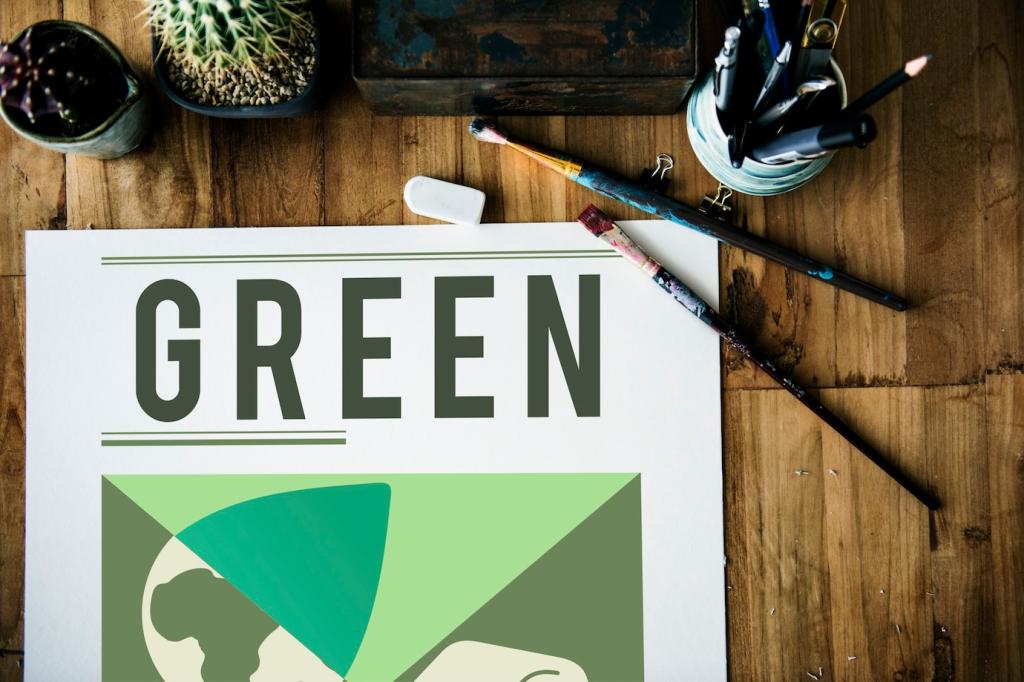Indoor plants are becoming essential elements in the vision of sustainable design, influencing the way environments are crafted and experienced. Beyond their aesthetic appeal, they contribute to healthier, more resource-efficient spaces, supporting both environmental and human well-being. Understanding how indoor greenery fits within the framework of sustainability helps architects, designers, and homeowners make choices that promote a greener future. The following sections delve into key aspects that highlight the multifunctional benefits of integrating plants indoors as part of holistic, sustainable practices.
Improving Indoor Air Quality
Natural Air Filtration
Plants act as natural air filters by absorbing pollutants, such as volatile organic compounds (VOCs), that are commonly released by furniture, paint, and cleaning products. Through the process of photosynthesis and transpiration, plants can take up harmful particles from the air and neutralize them or store them in their tissues. Scientific studies have demonstrated that specific species, such as spider plants, peace lilies, and pothos, are particularly effective in improving air quality. Not only do they remove toxins, but they also increase oxygen levels within the room, contributing to a fresher, more invigorating indoor environment over time.
Regulating Humidity and Temperature
A significant, yet often overlooked, benefit of indoor greenery is its ability to regulate humidity and moderate temperatures. Plants transpire water vapor through their leaves, naturally raising moisture levels in dry indoor climates. This can help prevent the exacerbation of respiratory irritations and preserve wood finishes from cracking. Additionally, clusters of indoor plants can help buffer temperature swings in both summer and winter by providing shade, releasing moisture, and absorbing heat—thereby reducing reliance on heating and cooling systems and contributing to overall energy efficiency in a sustainable building design.
Reducing Indoor Pollutant Levels
Numerous building materials emit trace amounts of chemicals that accumulate over time, posing health risks to occupants. Introducing a carefully selected array of indoor plants mitigates this problem. Certain plants can absorb formaldehyde, benzene, and trichloroethylene, among other pollutants, from the environment. Their root zones, combined with beneficial microbes within the soil, have been shown to break down these contaminants, making the indoor space safer. Sustained plant care and proper placement throughout the space ensure that pollutant reduction occurs continuously, thus integrating seamlessly with sustainable maintenance routines.

Previous
Next
Enhancing Energy Efficiency
Plants placed near windows and skylights benefit from natural sunlight, but they also contribute to more effective use of daylight within interiors. Light-loving plants can act as indicators to optimize window arrangements, drawing designers’ attention to areas that benefit from more or less natural light. By reducing the need for artificial lighting during daytime hours, building energy consumption is minimized. In open-plan offices or homes, indoor plants can help channel and diffuse light deeper into spaces, maximizing productivity and comfort while decreasing reliance on electrical lighting.
Promoting Well-Being and Productivity
Stress Reduction and Mental Health Benefits
Regular exposure to indoor plants is linked to decreased stress, anxiety, and mental fatigue. The presence of greenery invokes biophilic responses—innate human tendencies to seek connections with nature—helping individuals feel more at ease in built environments. Visual contact with foliage, as well as involvement in plant care, has been shown to lower cortisol levels and improve mood. As sustainable design prioritizes the long-term health of users, plants offer a cost-effective, low-impact means to address the growing demand for healthier living and working spaces.
Boosting Creativity and Cognitive Function
Research in both educational and corporate settings reveals that indoor plants can enhance creativity, memory retention, and problem-solving abilities. The subtle variation in color, texture, and form provided by plants stimulates the senses and can encourage innovative thinking. In collaborative spaces, greenery has been found to inspire greater engagement and concentration, allowing for more effective teamwork and higher productivity. By incorporating indoor plants into the design from the outset, planners can create environments that support sustained mental performance in an eco-friendly manner.
Fostering Social Interaction and Community
Spaces enriched with indoor plants often facilitate better social dynamics, encouraging interaction, cooperation, and shared responsibility. In office settings and communal residential environments, the maintenance and enjoyment of plant life can act as a unifying activity, fostering a sense of community and collective stewardship. This social aspect of indoor greenery aligns with the broader goals of sustainability, which include nurturing social capital and strengthening psychological ties to shared environments. Such positive interconnections between people and their spaces lead to happier, healthier groups and more resilient communities.
